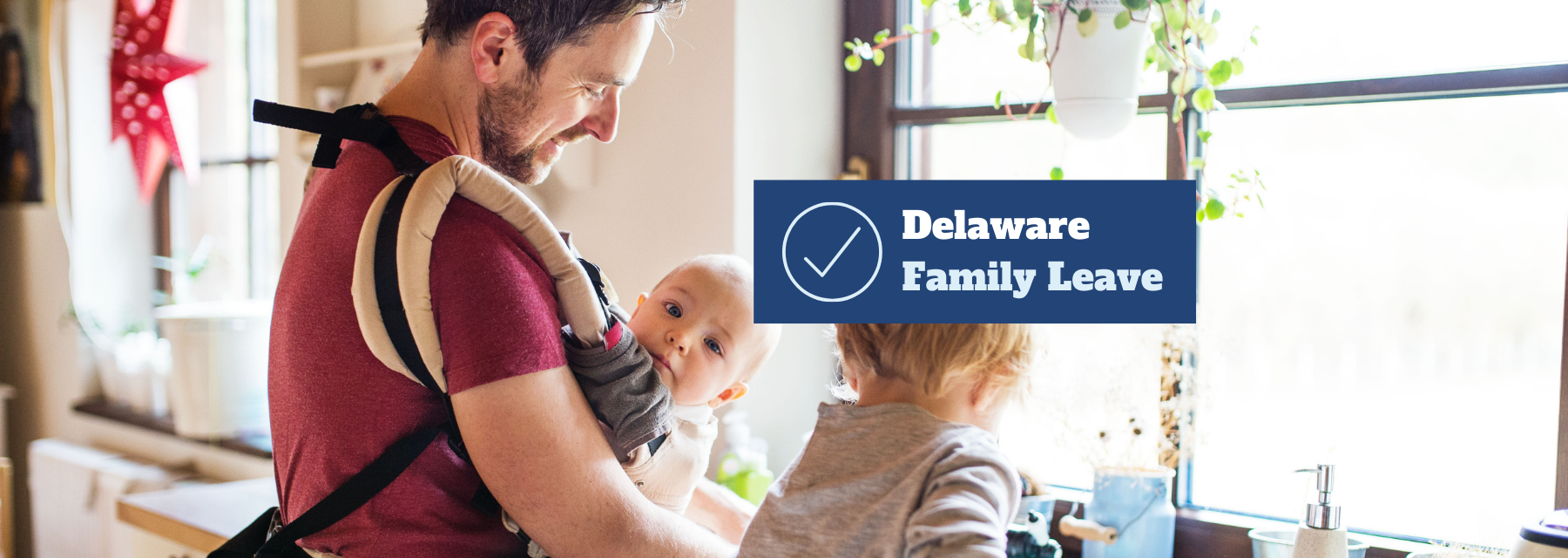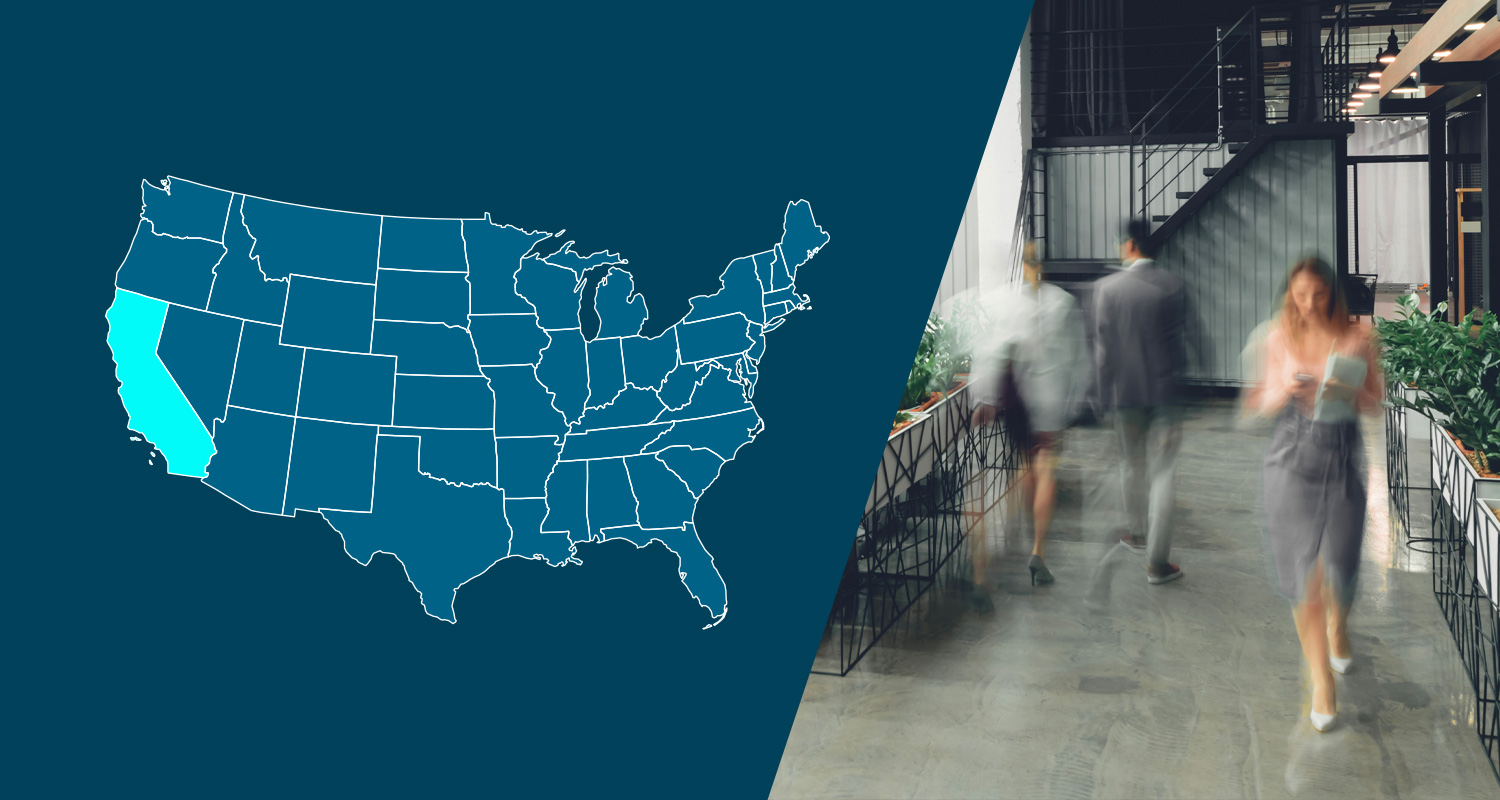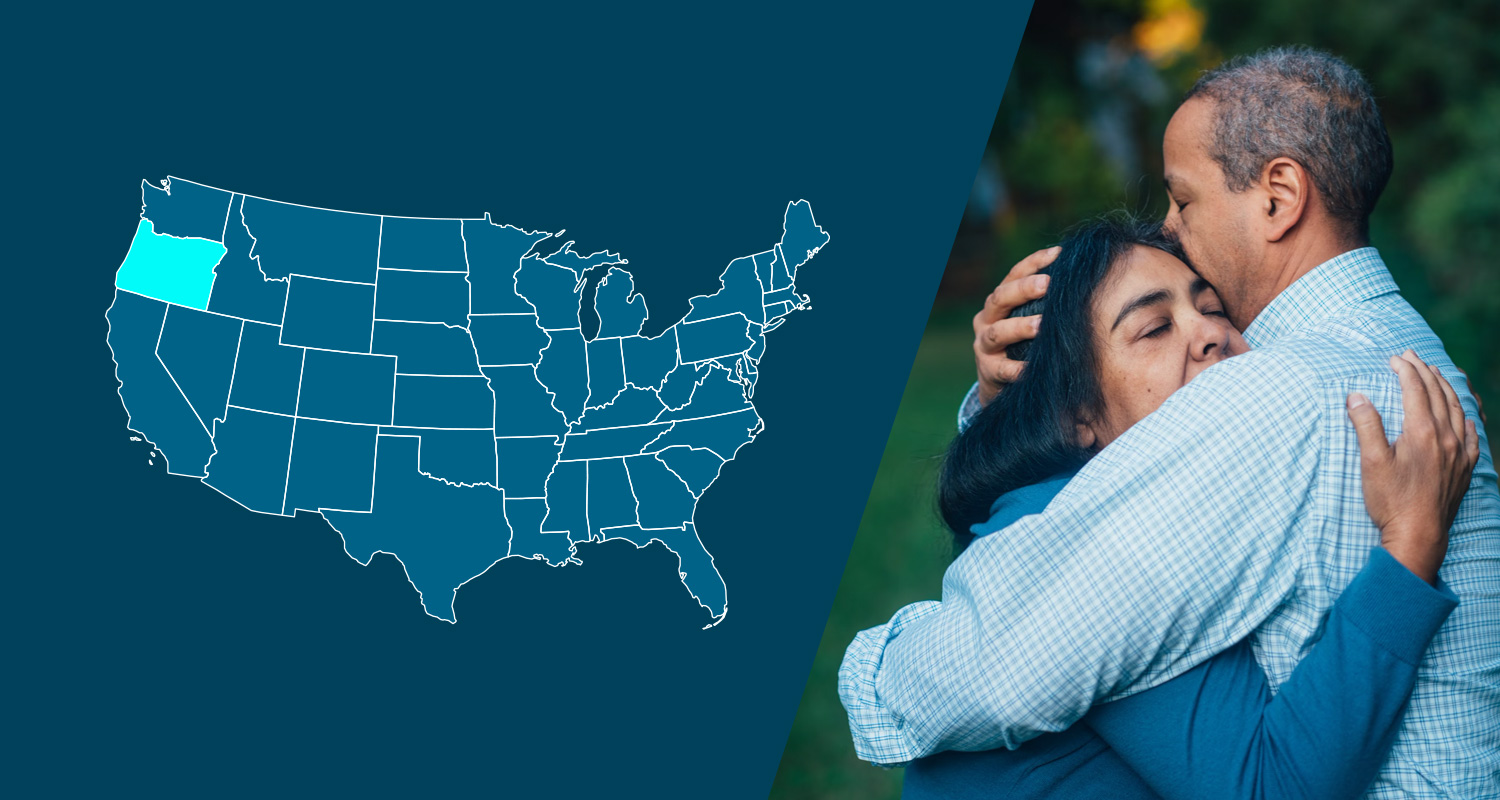Recently, Delaware passed the Healthy Delaware Families Act, which creates a paid family and medical leave benefit (PFML or Program) for eligible residents beginning on January 1, 2026. The Program will provide up to 12 weeks of paid leave to bond with a new child, care for a family member’s or one’s own serious health condition, or for a qualifying military exigency. The Program will be funded by employer and employee contributions, which begin on January 1, 2025.
The Delaware Department of Labor (Department) is expected to issue implementing regulations and guidance on the Program. Below, we discuss what we know so far.
Covered Employers & Covered Employees
Employers are subject to the Program if they employ 10 or more employees in Delaware. When determining this headcount, employers should include “covered employees” and employees who are reasonably expected to the meet the requirements of a “covered employee” during the previous 12 months.
Covered employees are those that:
- Have been employed for at least 12 months by the employer for whom leave is requested; and
- Have been employed for at least 1,250 hours with the employer during the 12-month period.
Further, an employer’s headcount determines the provisions of the Program that apply to them:
- Employers with 10-24 employees in Delaware are only subject to the parental leave provisions of the Program.
- Employers with 25 or more employees in Delaware are subject to all the parental, family caregiving, and medical leave provisions of the Program.
Employers that employ less than 10 employees in Delaware during the previous 12 months and employers that are closed for 30 consecutive days or more per year are exempt from the Program.
Wage Replacement & Qualifying Leave Reasons
Beginning January 1, 2026, covered employees can receive up to 80% of their average weekly wage, up to $900 per week (for 2026 and 2027), for the following reasons:
- Parental Leave: To care for a child during the first year after the birth, adoption, or placement of the child.
- Family Caregiver Leave: To care for a family member with a serious health condition or for a “qualifying exigency” arising out of the military deployment of the employee’s family member (as defined by the federal FMLA).
- Medical Leave: To care for one’s own serious health condition that makes the employee unable to perform the functions of their position.
Duration of Leave
A covered individual can take up to a cumulative total of 12 weeks of family and medical leave benefits in an application year (i.e., the 12-month period as defined in the FMLA):
- Parental leave: A covered individual can take up to 12 weeks of parental leave benefits within an application year.
- Medical and Family Caregiving Leave: A covered individual can take up to 6 weeks (in total) of medical leave and family caregiving leave in any 24-month period.
Contributions
Contributions to fund the Program will begin on January 1, 2025. The initial contribution rates are as follows (for 2027 and subsequent years, the state will set the contribution rate based on actuarial principals):
- Medical Leave Benefits: For 2025 and 2026, the contribution rate for medical leave benefits is 0.4% of wages.
- Family Caregiving Benefits: For 2025 and 2026, the contribution rate for family caregiving benefits is 0.08% of wages.
- Parental Leave Benefits: For 2025 and 2026, the contribution rate for parental leave benefits is 0.32% of wages.
Employers must pay at least 50% of the above required contributions and can deduct the remainder contributions from employees’ paychecks. Alternatively, employers can elect to pay the entire contribution (or any portion of employees’ share of the contribution).
Employers are responsible for remitting the total contribution required. If an employer fails to deduct an employee’s share of the contribution, the employer is liable for the full amount of the contribution (including the amount not deducted from the employee’s wages). Employers who fail to remit contributions by the due date may be liable for the contribution plus interest.
Private Plan
Employers may meet their obligations under the Program through an approved private plan. The private plan must provide benefits that are equal to (or more generous) those under the state-run Program and cost employees no more than the state-run Program. The private plan must be submitted by the employer and approved by the Department.
Waiver
An employee and employer may file a waiver of the required contribution when an employee’s work schedule or length of employment is not expected to meet the requirements for PFML eligibility. To file such a waiver, the employer must notify the employee of their ineligibility, the employee must sign a form waiving the payroll contributions, and the employer must submit the form to the Department. If, at a later time, the employee becomes eligible, the employee must sign, and the employer must submit, a form revoking the waiver. The employer must then begin contributions once the waiver is revoked.
Notice & Poster Requirements
Employers must provide written notice to each employee (1) upon hire, (2) when an employee requests covered leave, and (3) when an employer acquires knowledge that an employee’s leave may be for a PFML qualifying reason. The notice must include the following:
- The employee’s right to PFML benefits;
- The amount of PFML benefits;
- The procedure for filing a claim for PFML benefits;
- The right to job protection and benefits continuation;
- The prohibition of discrimination and retaliation against employees applying for PFML benefits;
- The right to file a complaint for violations of the Program; and
- Whether PFML benefits are available through the state or an approved private plan.
Employers must also display and maintain a poster in a conspicuous place at their place of business in English, Spanish, and any other language that is the first language spoken by 5% or more of the employer’s workforce.
The Department may adopt additional regulations on the notice requirement and may provide a future template notice.
Job Protection & Benefits Continuation
Covered employees who take leave are entitled to job restoration after returning from PFML. During covered leave, employers are required to maintain any health care benefits the covered employee had before taking the leave for the duration of the leave.
Penalties
Employers who do not comply with the requirements of the Program may be liable for damages, which may include wages or employment benefits denied or lost, monetary losses sustained as a direct result of an employer’s non-compliance, liquidated damages, and attorneys’ fees.
Employer Action
Delaware employers should be aware of the new PFML requirements. Contributions do not begin until 2025, so employers have adequate time to review the law and prepare for compliance. Employers should look out for any implementing regulations and guidance released by the state in the future.
Additional Resources
Disclaimer: This content is intended for informational purposes only and should not be construed as legal, medical or tax advice. It provides general information and is not intended to encompass all compliance and legal obligations that may be applicable. This information and any questions as to your specific circumstances should be reviewed with your respective legal counsel and/or tax advisor as we do not provide legal or tax advice. Please note that this information may be subject to change based on legislative changes. © 2022 Sequoia Benefits & Insurance Services, LLC. All Rights Reserved




